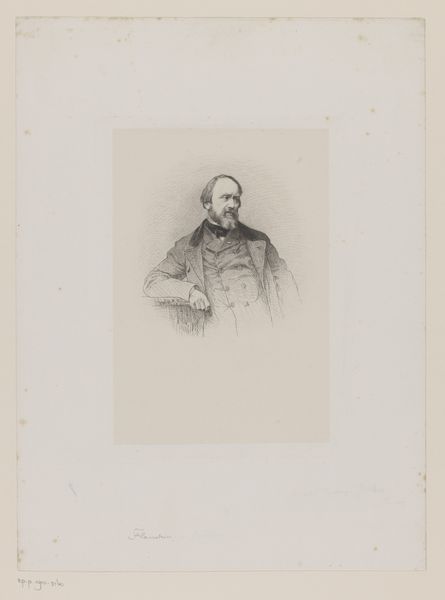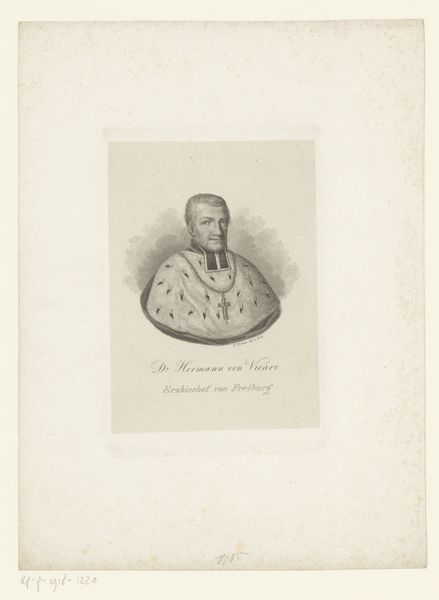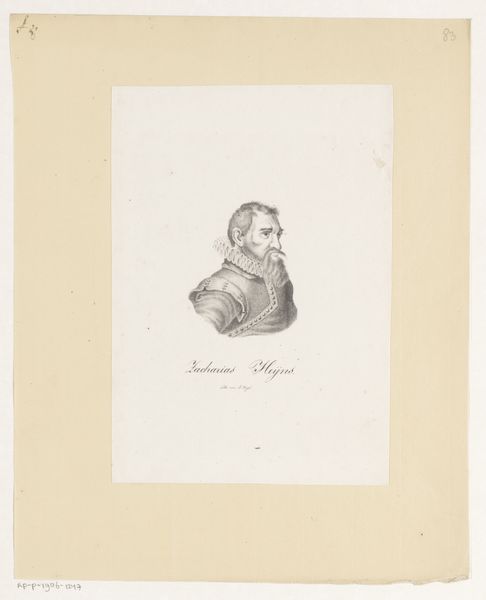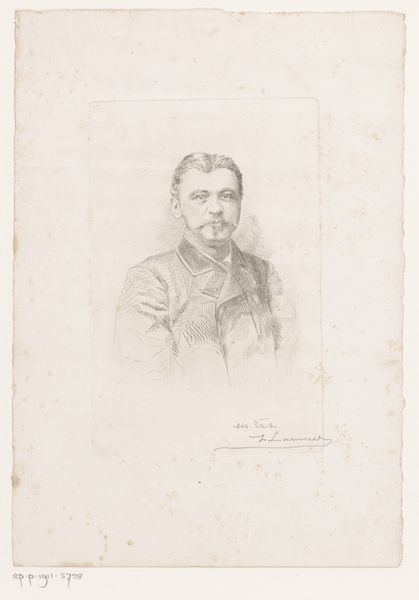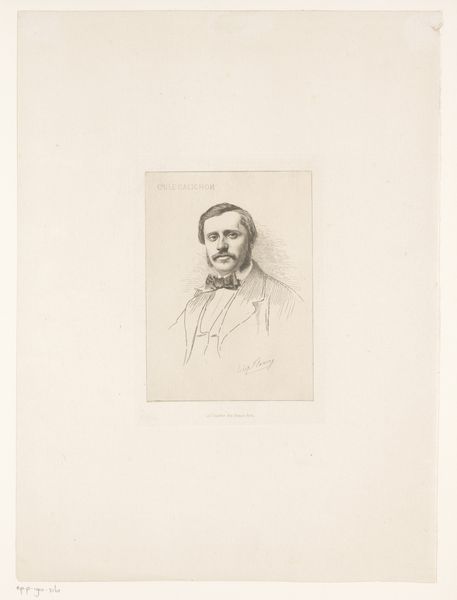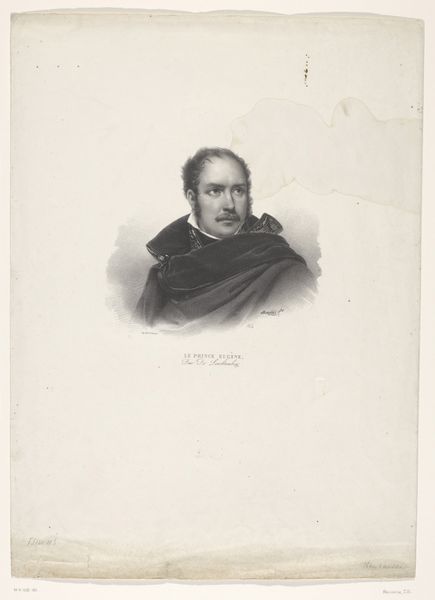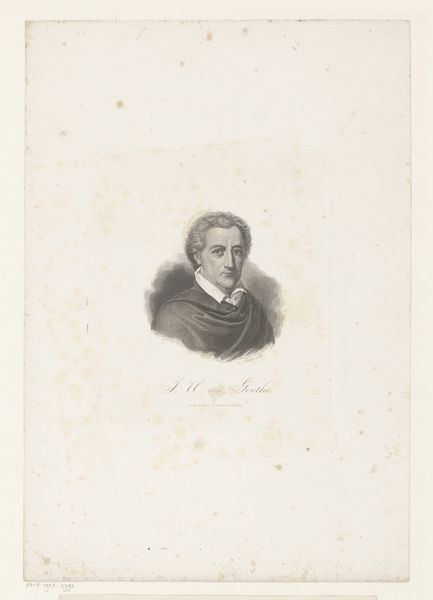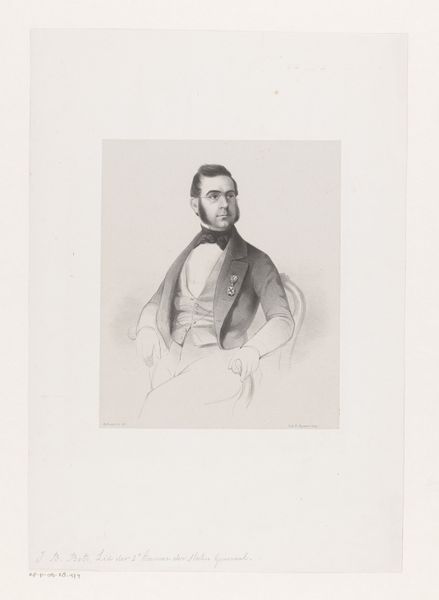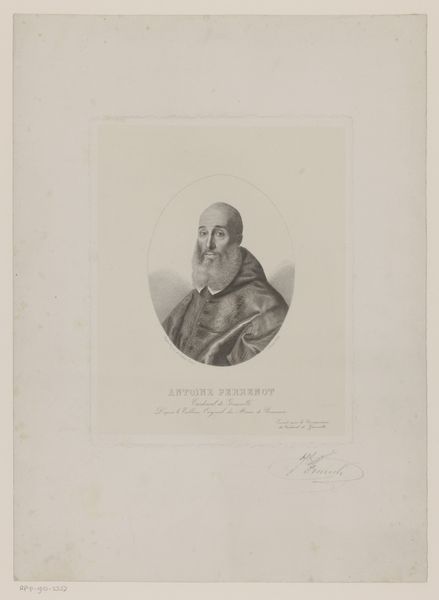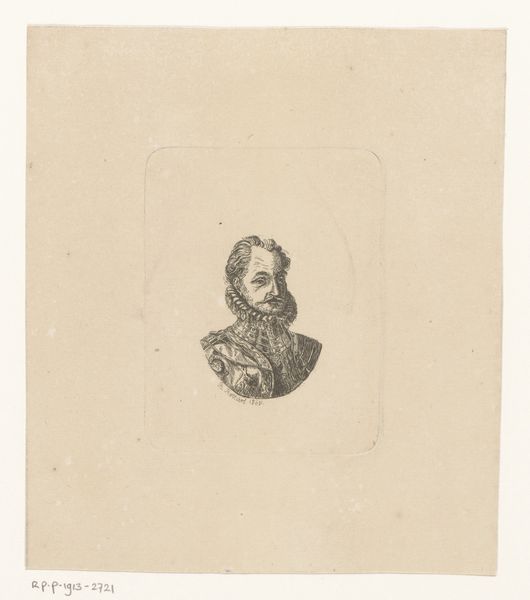
engraving
#
portrait
#
pencil drawn
#
old engraving style
#
pencil drawing
#
romanticism
#
history-painting
#
academic-art
#
engraving
Dimensions: height 164 mm, width 120 mm
Copyright: Rijks Museum: Open Domain
Curator: This engraving depicts Count István Széchenyi, dating from the 19th century. Széchenyi was an important figure in Hungarian history. Editor: There’s a stoicism to his gaze that makes you wonder about the weight of his historical role, and the textures created with the engraving style is intriguing, the cross hatching gives an almost tactile feeling to his fur coat. Curator: Yes, there’s a formality typical of the period and the tradition of depicting prominent figures. Note the care in rendering the fur— it suggests status, wealth and perhaps speaks to the values upheld by the upper classes during the Romanticism era. Editor: I agree about the formality and the class aspect, but the engraving is also striking in how it highlights power through dress. We see a very deliberate, arguably political use of clothing here, speaking volumes about 19th century identity and national aspirations through a subtle encoding of signs. The strong gaze amplifies that effect. Curator: He’s consciously presented here as a figure worthy of remembrance. Notice how his slightly averted gaze does not diminish, but amplifies the symbolic value of Széchenyi as an ideal for future generations of leaders and innovators. His representation through engraving, furthermore, lends him a historical timelessness. Editor: The choice of rendering and representing figures from the past also offers a unique portal into power dynamics from then versus the now, I think it is vital to remember the figures left out of the grand narrative. It helps us not only study the period, but analyze our contemporary biases, both conscious and unconscious. Curator: Indeed, images and representations can show a past's long reach, whether consciously received or not. Széchenyi's image is just one point of entry to unpack the stories they leave untold, as well as the messages and ideology they spread. Editor: Seeing artworks like this one definitely offers unique historical insights into power, but also on the responsibility that each era carries in how and why it chooses to represent its idols.
Comments
No comments
Be the first to comment and join the conversation on the ultimate creative platform.
